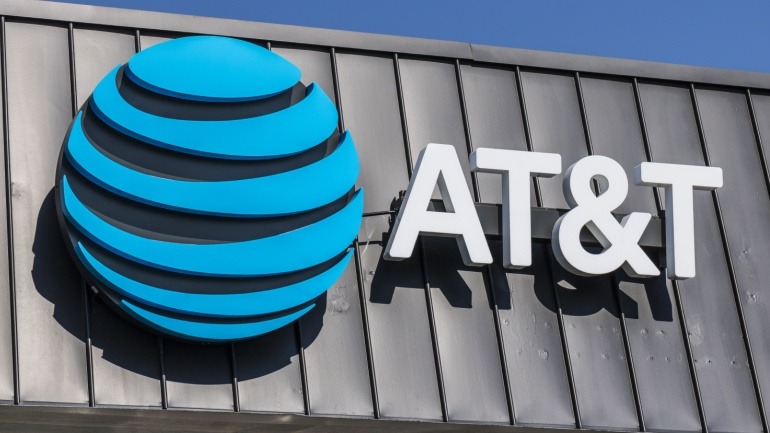The increasing interest in AI technology is driving demand for data centre capacity, placing the spotlight on fibre backbones thrumming with billions of pieces of data. As this interest builds, projections indicate explosive growth for the subsea fibre market, ballooning from a revenue of $20 billion in 2023 to over $67 billion by 2033. At first glance, these figures create an alluring prospect for investors and data users. But a closer look reveals a slew of challenges facing new entrants.
Unfortunately, the fibre industry has not been spared from the economic shock waves that have rippled across numerous sectors. Rising costs attributable to supply chain issues, inflation, and increasing interest rates bedevil almost every aspect of the industry. Faced with these escalating costs, traditional fibre investments such as fibre-to-the-home (FTTH) have started to lose their appeal to investors. Many have instead begun to eye the more selective attractive deals, hoping to dip their toes in the pool of potential profit.
The liberals stance of the European Union on telecoms mergers & acquisitions might provide further opportunities for consolidation in the FTTH sector. Nevertheless, a growing contingency of investors are shifting their gaze towards the development of larger-scale fibre infrastructure. This is particularly evident in the efforts to tap into the booming connectivity in international and emerging markets.
Despite these tantalizing opportunities, newbies in this sector must contend with formidable entry barriers. Much of this industry’s recent activity has been steered by hyperscalers and telcos, who are adept at executing large new projects. However, they too confess they are far from immune to the industry’s challenges. Assuaging geopolitical risk and securing landing points at strategic locations are just the start of a gauntlet of trials.
An emerging concern revolves around the newly formed conglomerations of cables, consortiums, and infrastructure investors. These groups strive to finance new projects and regulate capital expenditure. Furthermore, the traditional fibre players who don’t have the financial cushioning of wider business portfolios are beginning to feel the sting of uncertainty and change, which can compromise the financial viability of a new cable.
Shifting power dynamics add another twist to this tale, with strained supply, particularly in the subsea sector, pushing more construction risk onto the customer. Under this new paradigm, constructing a team with deep understanding of the space, from technical intricacies to contract details, is paramount.
With heightened competition and limited manpower, new entrants face an uphill battle. Venture into this space demands an investment of time and resources into understanding the market, its challenges and opportunities. For those who dare to take the plunge, rewards await at the peak of this wave of change, even amid tough economic times. For others, the pursuit of low-risk, long-term returns might prove fruitless.







